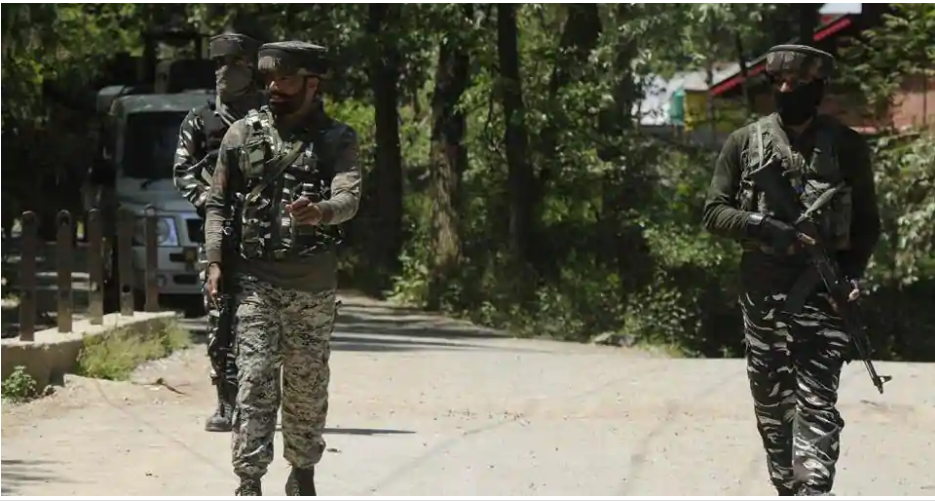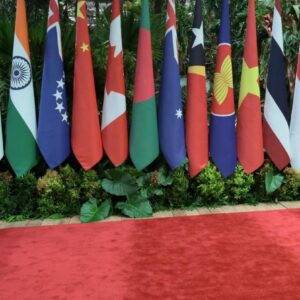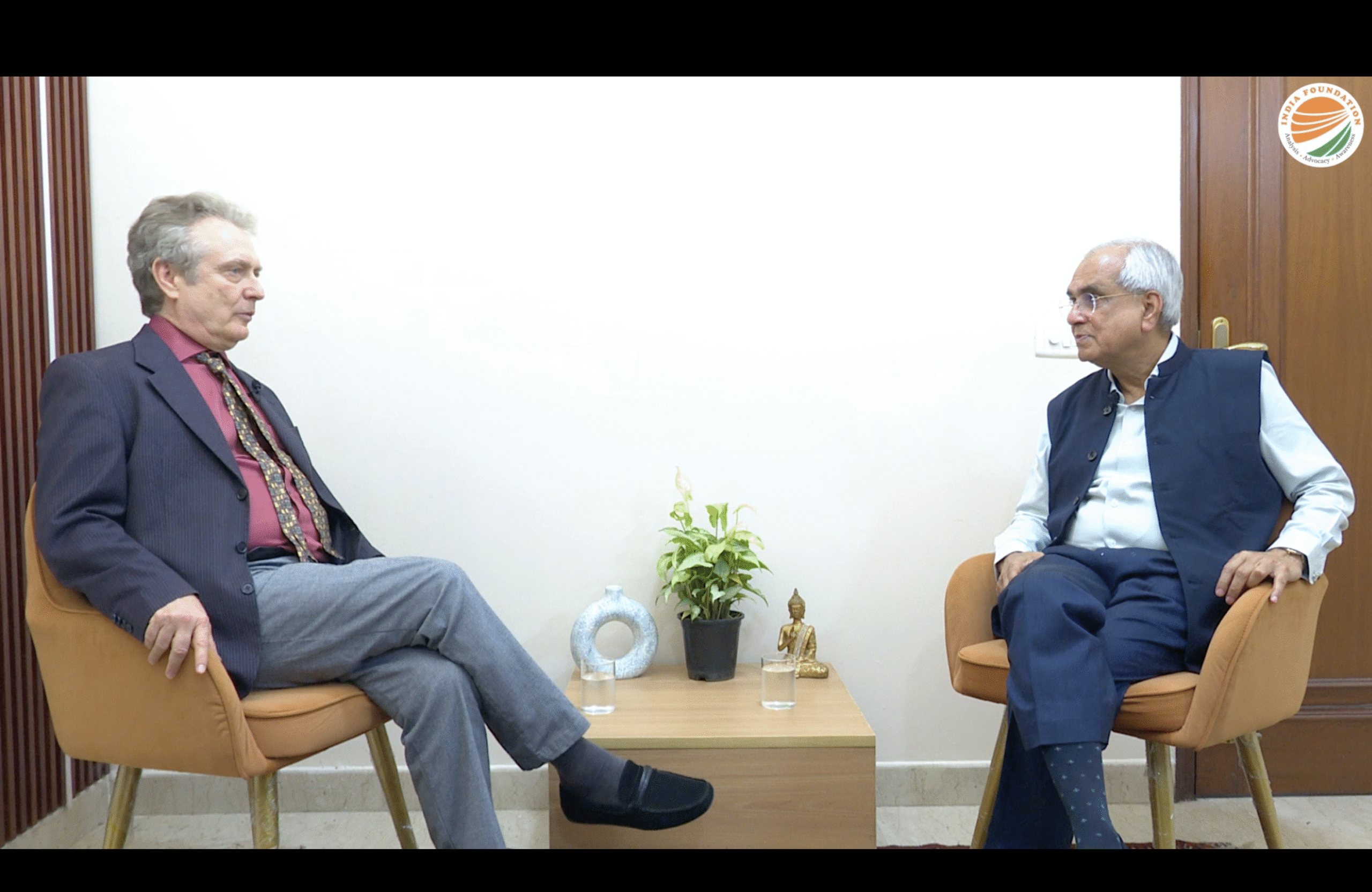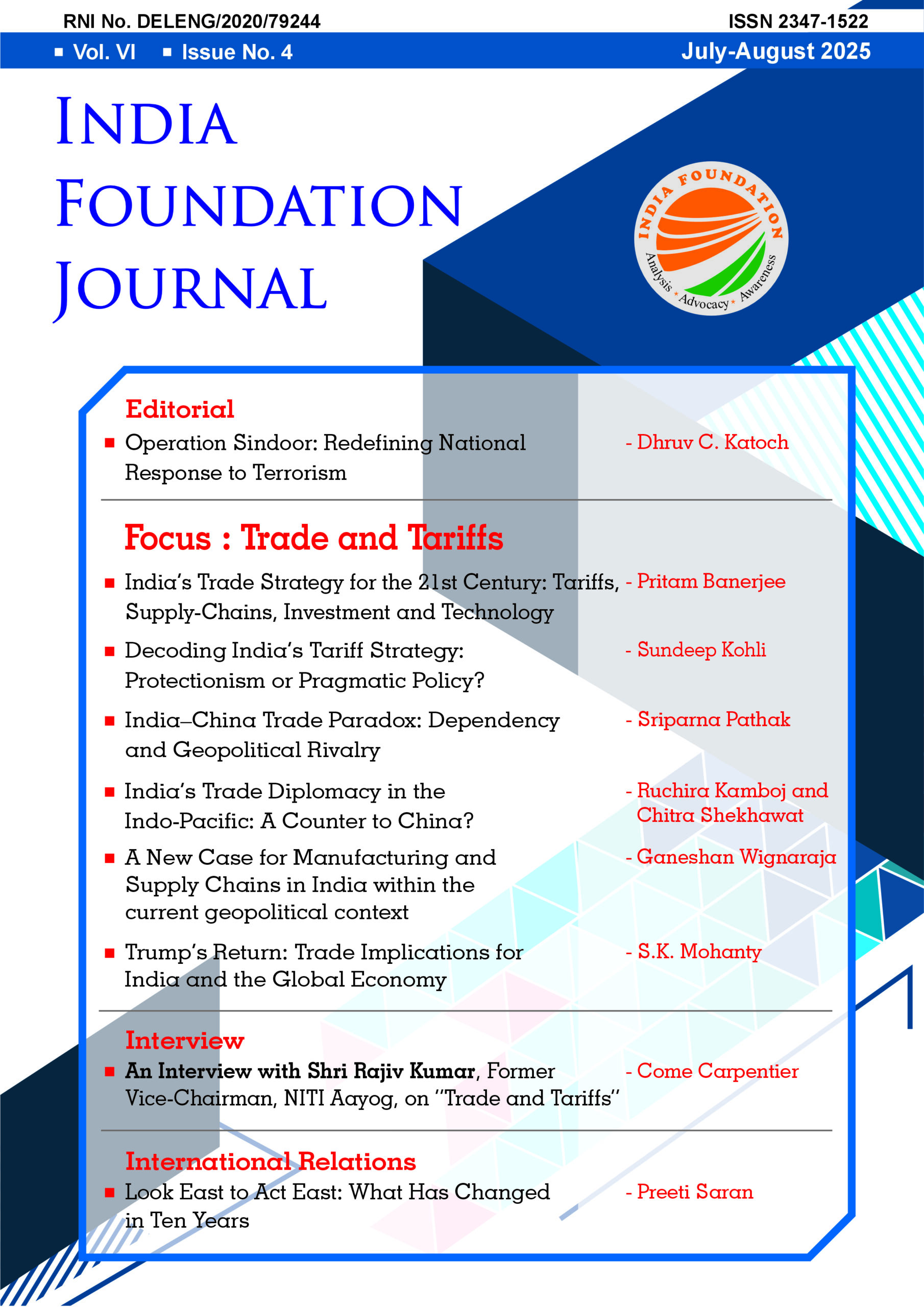The eruption of violence in Jammu and Kashmir in the late 1980s was a manifestation of a virulent Islamist ideology, sponsored by an inimical hostile neighbour. The process of radicalisation started in the 1960s but took on increased urgency a decade later, as expounded on by Bashir Assad in his book, ‘The K File’. In the 1980s, a deliberate hate campaign was started against the minority Hindu population in the Kashmir Valley, which forced them to flee their homes in January 1990 after hundreds were murdered and raped. The genocide went largely unreported in the country, still constituting as the biggest blot on the Indian State.
It has been three decades since then, and today, terrorism in the UT of J&K has been defanged to a large degree. The political initiative of doing away with the provisions of Article 370 and 35A, and in splitting the erstwhile state into two union territories appears to be paying off, but it is still a work in progress. Inevitably, in long drawn out conflicts, there will be times when the Armed Forces suffer casualties. When that happens, we must further strengthen our resolve. Introspection must take place periodically, but the need is to look at the larger picture, rather than focus on individual instances. This goes for terrorist elimination too. The number of terrorists killed is not a pointer to the success or otherwise of the military’s Counter-Insurgency and Counter-Terrorism (CICT) operations. That must be viewed in a different prism. And that is why the nature of the conflict must be understood.
In early April, the Army lost five of its brave hearts from the Special Forces when they were on a mission to neutralise some terrorists in snowbound peaks. All the five terrorists who were holed up in that area were eliminated, but the Army’s operational strategy came under question by some armchair critics. Then in early May, the CO of 21 RR, Col Ashutosh Sharma, was Killed In Action (KIA), when he, along with a team of three army personnel and one police sub-inspector went on a hostage rescue mission. While the terrorists were eliminated, once again voices rose in criticism of the need and necessity of a senior officer to personally lead such operations. Some veterans who should have known better even started questioning the Indian Army’s operating procedures and their training standards.
At times it is easy to forget that the Indian Army is great, precisely because of its frontline leadership. That does not, of course, mean that officers rush in blindly into combat missions; it simply means that they take measured risks, and when they do so, they place their lives on line, as an example to the men they have the honour to lead and to command. This explains the outstanding performance of the Armed Forces in the four wars fought against Pakistan and in the numerous CICT operations which the Army continues to be engaged in. Kargil highlighted what frontline leadership could achieve. Against impossible odds, peak after peak was captured, a feat perhaps no other army in the world could have achieved. This is a great tradition of the Army, which has been nurtured over the years and which has made the Indian Army what it is today.
Some journalists went totally off tangent when they wrote that the death of our soldiers in battle should never be glorified. These worthies used wrong terminologies. The country does not glorify the death of its soldiers Killed in Action (KIA). It honours their memory—and there is a huge difference between the two. If a nation cannot honour its heroes, then truly, that nation is doomed. It is hoped that Indian scribes would understand the difference and not seek to inject an element of venality into the supreme sacrifices made by our brave hearts.
A few days after the 21 RR team of five led by their CO were KIA, the Indian Army, in a brilliant operation, eliminated the local head of the Hizbul Mujahideen. Some people now went on a different tangent and claimed that the Army had avenged the loss of its soldiers. While the killing of the head of a rabid terrorist organisation is indeed a positive marker, it must never be equated with having avenged our brave hearts. That is putting the bar at the lowest possible level. Taking the analogy of a game of chess, the person eliminated was but a mere pawn. His handlers based in Pakistan are the major pieces and the King is the Pakistani State. Our soldiers KIA can only be avenged when the source of terrorism is struck and fear is put into the hearts of such perpetrators.
Let us not look at conflict based on small scale actions which take place frequently in our attempt to bring peace to the UT of J&K. There is a need to look at the larger canvas. And here, some of our veterans, who have occupied key positions during their time in uniform need to exercise restraint in their comments. A former Army Commander of the Northern Command, while writing in The Print, wrote:
But what is more important is for the government and the Army to review the political and military strategy to deal with the situation in J&K. This encounter and the killingof three CRPF personnel that followed on 4 May, is part of a disturbing trend that has been noticeable for the last few months… India’s strategic response to Pakistan’s proxy war is high on rhetoric and low in substance…It would be prudent for the government to shed the ideological fantasies and face the strategic reality. It must put the ‘hard’ strategy on the back burner until we have created overwhelming technological military superiority…Prime Minister NarendraModi must use his political acumen to reach out to the alienated people of Kashmir to win their hearts and minds…[i]
An assessment based on a couple of incidents makes for poor analysis. For the first time, Pakistan is on the back foot, having to face the brunt of adverse world opinion for its sponsorship of terror. Pakistan has been placed on the grey list of the FATF and its leadership, both political and military has not been able to get out of the impasse it finds itself post the political initiatives taken in August 2019, which have completely changed the narrative in the UT of J&K. The ground situation in the Valley has improved considerably, a result of the political, diplomatic, economic and military initiatives taken by India. Do not let our veterans become apologists for the enemy and for the inimical forces within the country. The country and the military deserve better.
*Maj Gen Dhruv C Katoch is Director, India Foundation and Editor, India Foundation Journal.
[i]The full article is available at https://theprint.in/opinion/instead-of-organising-spectacles-military-must-focus-on-faultlines-in-kashmir-now/415818/





Nice article Sir